تصوير الماكرو لحوض السمك لروبيان الزينة
Aquarium Macro Photography of Ornamental Shrimp
هل هناك شيء مثل جمبري الزينة؟ " هذا هو رد الفعل النموذجي للعائلة والأصدقاء عندما أتحدث إليهم عن هوايتي الأخيرة المتمثلة في تربية جمبري الزينة. صدق أو لا تصدق، هناك اهتمام متزايد حول العالم بتربية هذه المخلوقات الصغيرة التي تعيش في المياه العذبة والاحتفاظ بها كحيوانات أليفة. وفي بعض البلدان، تنافس شعبيتها تربية الأسماك التقليدية! ما كان يعتبر في السابق آكلًا آخر للطحالب في الخزانات أصبح سريعًا موضع اهتمام عشاق أحواض السمك، نظرًا لسلوكهم وأصنافهم وإمكانيات تكاثرهم. إنها رائعة عند النظر إليها، وبالتالي فهي موضوعات رائعة للتصوير.
NIKON D800E + TAMRON SP 90 مم F2.8 Di VC USD Macro @ 90 مم، ISO 100، 1/400، f/18.0
تعتمد الهواية نفسها في المقام الأول على أصناف نيوكاردينا دافيدي (الجمبري الكرزي) أو كاريدينا كانتونينسيس، والتي تم تصنيفها مؤخرًا على أنها كاريدينا لوجيماني (الجمبري البلوري)، وماريا، وسيراتا (الجمبري النمر). هناك أيضًا مجموعة متنوعة شائعة تسمى "نحل تايوان"، والتي تنشأ من عبور جمبري النمر الكريستالي، وتأتي في مجموعة كبيرة من الألوان والأنماط. لا يزيد طولها عن 2 إلى 3 سم (وبالتالي عالم التصوير الفوتوغرافي الكلي)، وتصل إلى مرحلة النضج الإنجابي خلال 3 إلى 5 أشهر، ويمكن أن يصل عمرها إلى حوالي عامين. تتكون مجموعتي الخاصة من الجمبري من البراغيث الزرقاء، وطيور البينتو، والباندا، وكينج كونج، ونمور اليوسفي؛ آمل أن تستمتع بالنظر إليهم بقدر ما أستمتع به!
NIKON D800E + TAMRON SP مقاس 90 مم F2.8 Di VC USD Macro @ 90 مم، ISO 100، 1/250، f/16.0
There’s such a thing as ornamental shrimp?” This is the typical response of family and friends when I speak to them about my recent hobby of keeping ornamental shrimp. Believe it or not, there is growing interest around the world about breeding and keeping these little freshwater critters as pets. In some countries, their popularity even rival traditional fish keeping! What once used to be considered another algae eater in tanks has quickly become an object of interest for aquarium enthusiasts, given their behavior, varieties, and breeding possibilities. They are marvelous to look at, and as such are wonderful subjects to photograph.
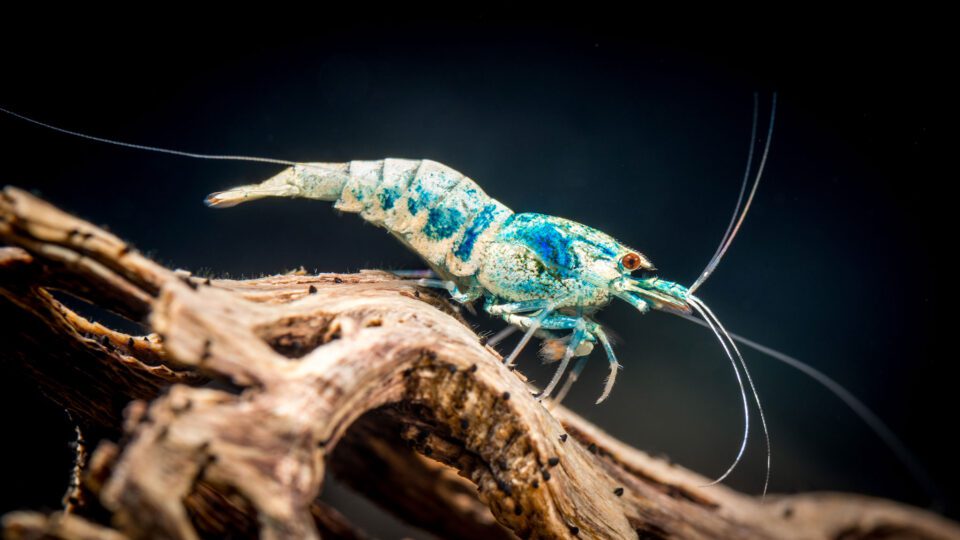 NIKON D800E + TAMRON SP 90mm F2.8 Di VC USD Macro @ 90mm, ISO 100, 1/400, f/18.0
NIKON D800E + TAMRON SP 90mm F2.8 Di VC USD Macro @ 90mm, ISO 100, 1/400, f/18.0
The hobby itself is primarily based upon varieties of Neocardina davidi (cherry shrimp) or Caridina cantonensis, which has recently been further categorized as Caridina logemanni (crystal shrimp), mariae and serrata (tiger shrimp). There’s also a popular variety called Taiwan Bees, which originate from a crystal x tiger shrimp crossing, and come in a large range of colors and patterns. They grow no larger than 2 to 3 cm in length (hence the macro realm of photography), reach reproductive maturity in 3 to 5 months, and have a lifespan that can reach about two years. My own shrimp collection is comprised of blue bolts, pinto mischlings, pandas, king kongs, and tangerine tigers; I hope you enjoy looking at them as much as I do!
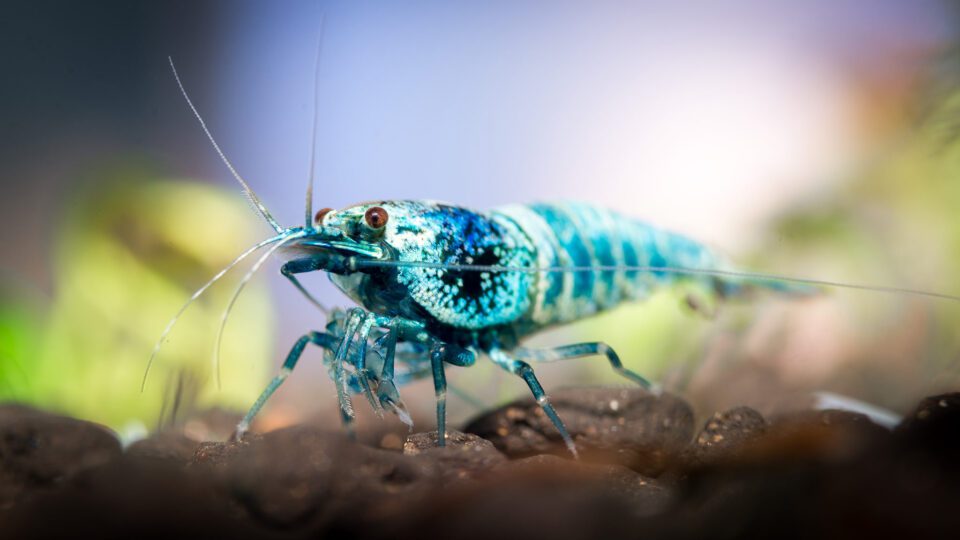 NIKON D800E + TAMRON SP 90mm F2.8 Di VC USD Macro @ 90mm, ISO 100, 1/250, f/16.0
NIKON D800E + TAMRON SP 90mm F2.8 Di VC USD Macro @ 90mm, ISO 100, 1/250, f/16.0
Aquarium Macro Photography of Ornamental Shrimp
هل هناك شيء مثل جمبري الزينة؟ " هذا هو رد الفعل النموذجي للعائلة والأصدقاء عندما أتحدث إليهم عن هوايتي الأخيرة المتمثلة في تربية جمبري الزينة. صدق أو لا تصدق، هناك اهتمام متزايد حول العالم بتربية هذه المخلوقات الصغيرة التي تعيش في المياه العذبة والاحتفاظ بها كحيوانات أليفة. وفي بعض البلدان، تنافس شعبيتها تربية الأسماك التقليدية! ما كان يعتبر في السابق آكلًا آخر للطحالب في الخزانات أصبح سريعًا موضع اهتمام عشاق أحواض السمك، نظرًا لسلوكهم وأصنافهم وإمكانيات تكاثرهم. إنها رائعة عند النظر إليها، وبالتالي فهي موضوعات رائعة للتصوير.
NIKON D800E + TAMRON SP 90 مم F2.8 Di VC USD Macro @ 90 مم، ISO 100، 1/400، f/18.0
تعتمد الهواية نفسها في المقام الأول على أصناف نيوكاردينا دافيدي (الجمبري الكرزي) أو كاريدينا كانتونينسيس، والتي تم تصنيفها مؤخرًا على أنها كاريدينا لوجيماني (الجمبري البلوري)، وماريا، وسيراتا (الجمبري النمر). هناك أيضًا مجموعة متنوعة شائعة تسمى "نحل تايوان"، والتي تنشأ من عبور جمبري النمر الكريستالي، وتأتي في مجموعة كبيرة من الألوان والأنماط. لا يزيد طولها عن 2 إلى 3 سم (وبالتالي عالم التصوير الفوتوغرافي الكلي)، وتصل إلى مرحلة النضج الإنجابي خلال 3 إلى 5 أشهر، ويمكن أن يصل عمرها إلى حوالي عامين. تتكون مجموعتي الخاصة من الجمبري من البراغيث الزرقاء، وطيور البينتو، والباندا، وكينج كونج، ونمور اليوسفي؛ آمل أن تستمتع بالنظر إليهم بقدر ما أستمتع به!
NIKON D800E + TAMRON SP مقاس 90 مم F2.8 Di VC USD Macro @ 90 مم، ISO 100، 1/250، f/16.0
There’s such a thing as ornamental shrimp?” This is the typical response of family and friends when I speak to them about my recent hobby of keeping ornamental shrimp. Believe it or not, there is growing interest around the world about breeding and keeping these little freshwater critters as pets. In some countries, their popularity even rival traditional fish keeping! What once used to be considered another algae eater in tanks has quickly become an object of interest for aquarium enthusiasts, given their behavior, varieties, and breeding possibilities. They are marvelous to look at, and as such are wonderful subjects to photograph.
 NIKON D800E + TAMRON SP 90mm F2.8 Di VC USD Macro @ 90mm, ISO 100, 1/400, f/18.0
NIKON D800E + TAMRON SP 90mm F2.8 Di VC USD Macro @ 90mm, ISO 100, 1/400, f/18.0The hobby itself is primarily based upon varieties of Neocardina davidi (cherry shrimp) or Caridina cantonensis, which has recently been further categorized as Caridina logemanni (crystal shrimp), mariae and serrata (tiger shrimp). There’s also a popular variety called Taiwan Bees, which originate from a crystal x tiger shrimp crossing, and come in a large range of colors and patterns. They grow no larger than 2 to 3 cm in length (hence the macro realm of photography), reach reproductive maturity in 3 to 5 months, and have a lifespan that can reach about two years. My own shrimp collection is comprised of blue bolts, pinto mischlings, pandas, king kongs, and tangerine tigers; I hope you enjoy looking at them as much as I do!
 NIKON D800E + TAMRON SP 90mm F2.8 Di VC USD Macro @ 90mm, ISO 100, 1/250, f/16.0
NIKON D800E + TAMRON SP 90mm F2.8 Di VC USD Macro @ 90mm, ISO 100, 1/250, f/16.0

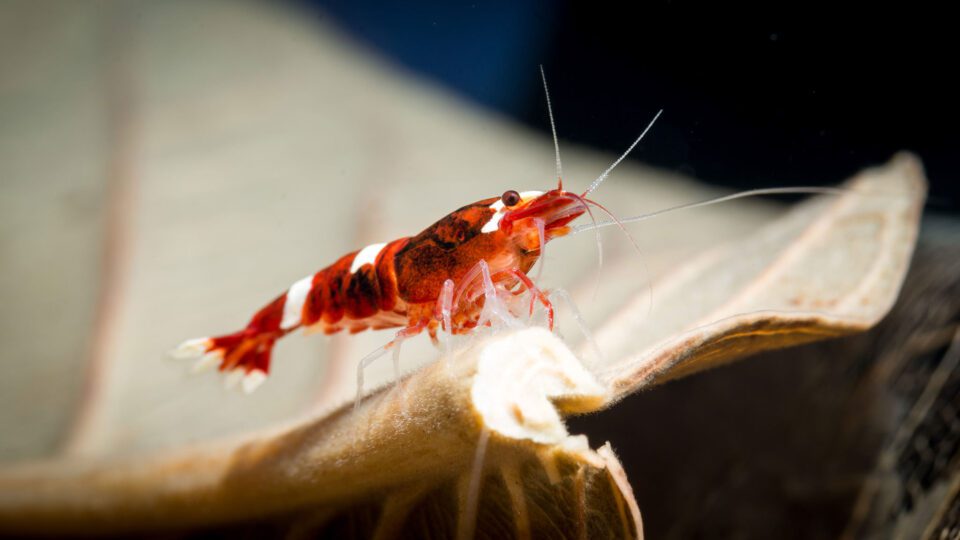
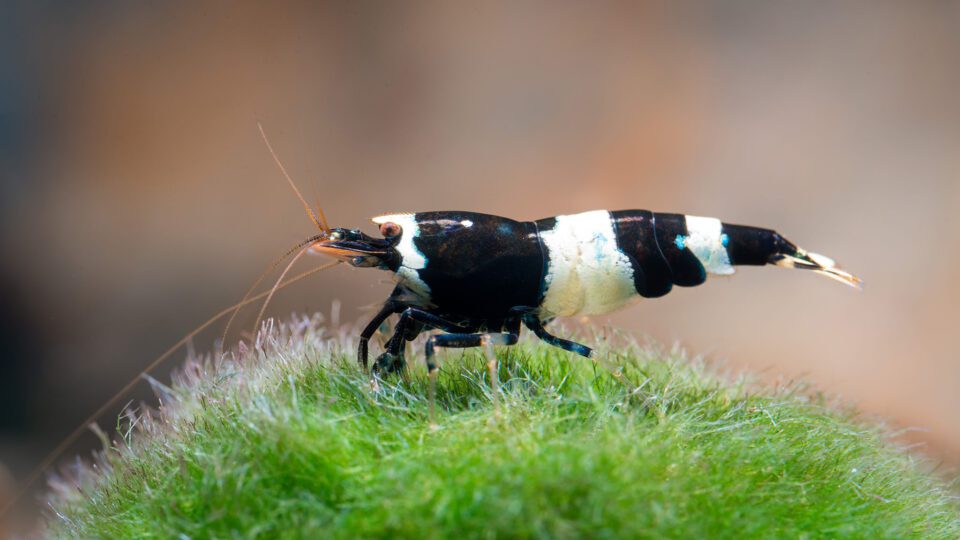
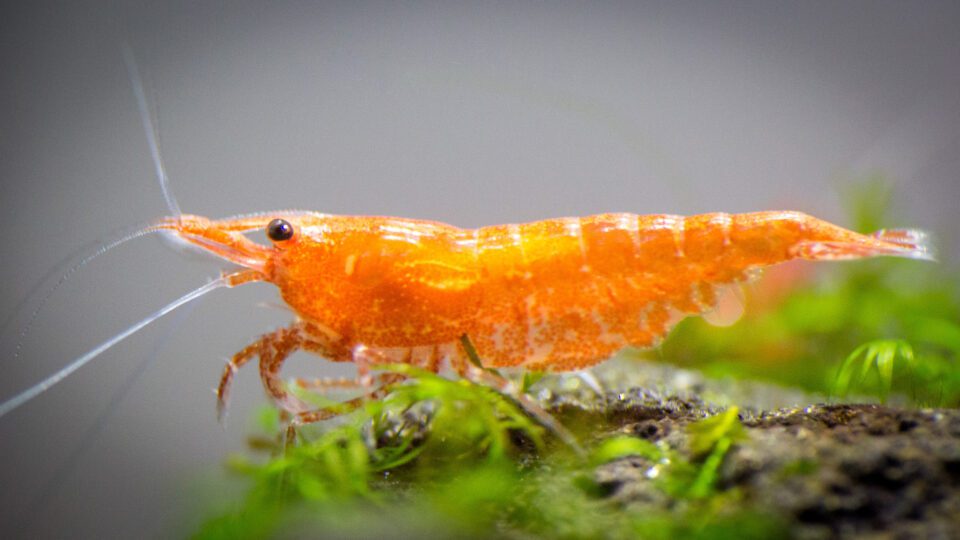
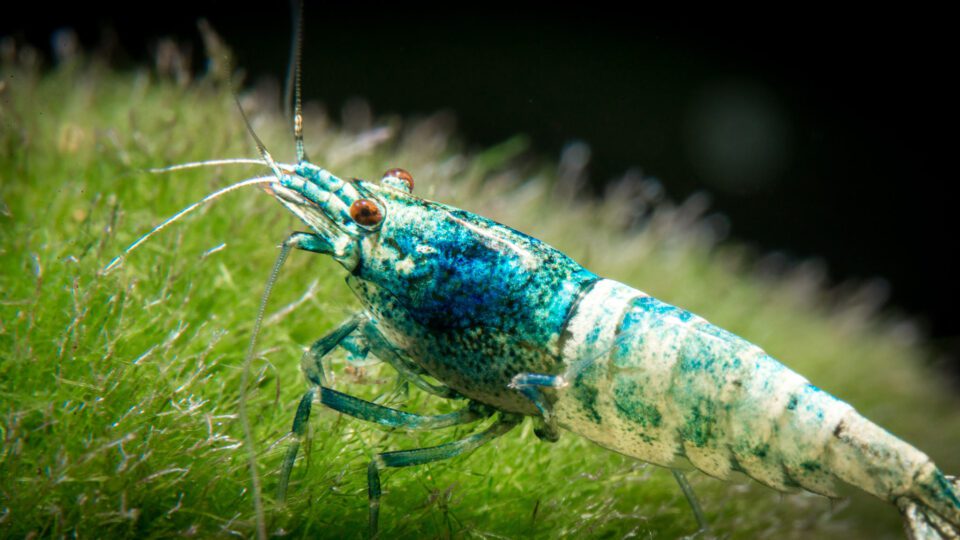
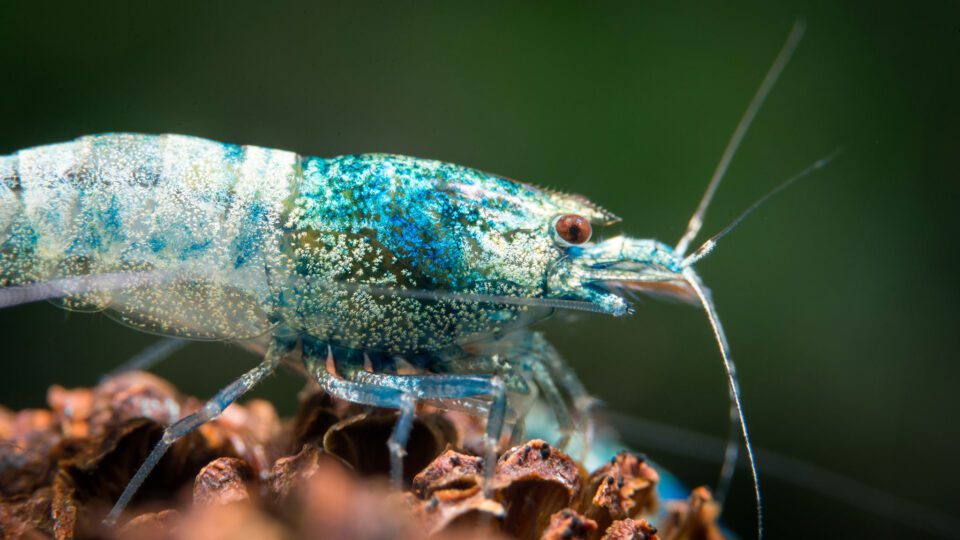
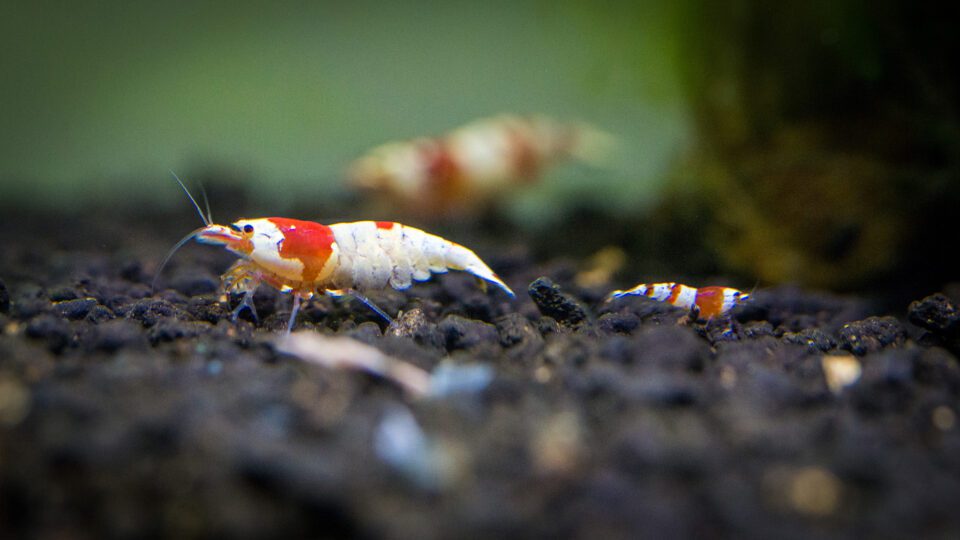
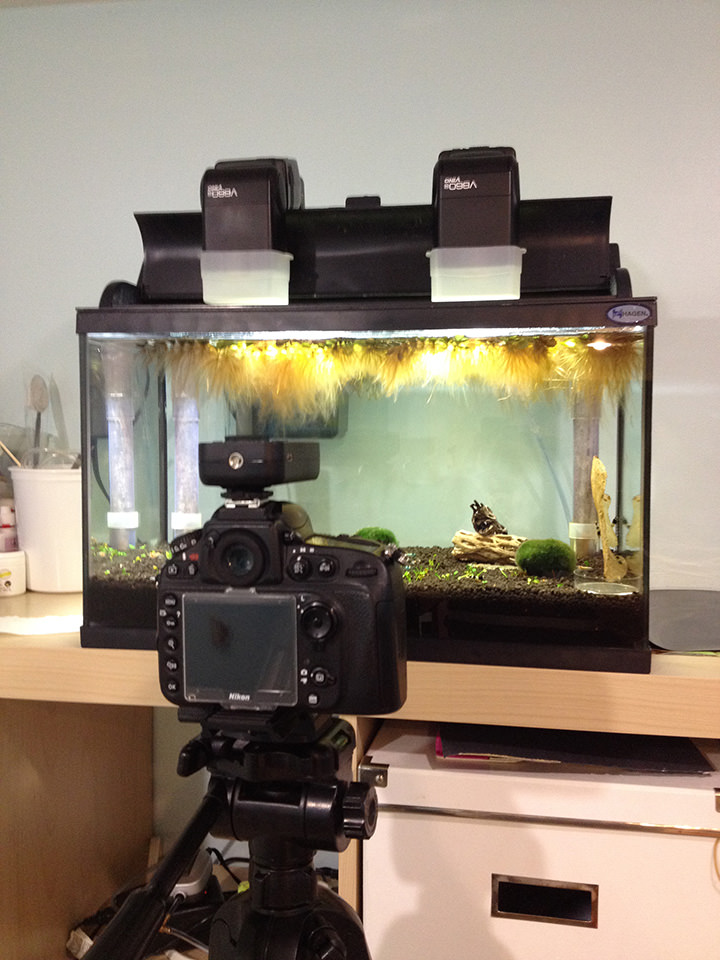
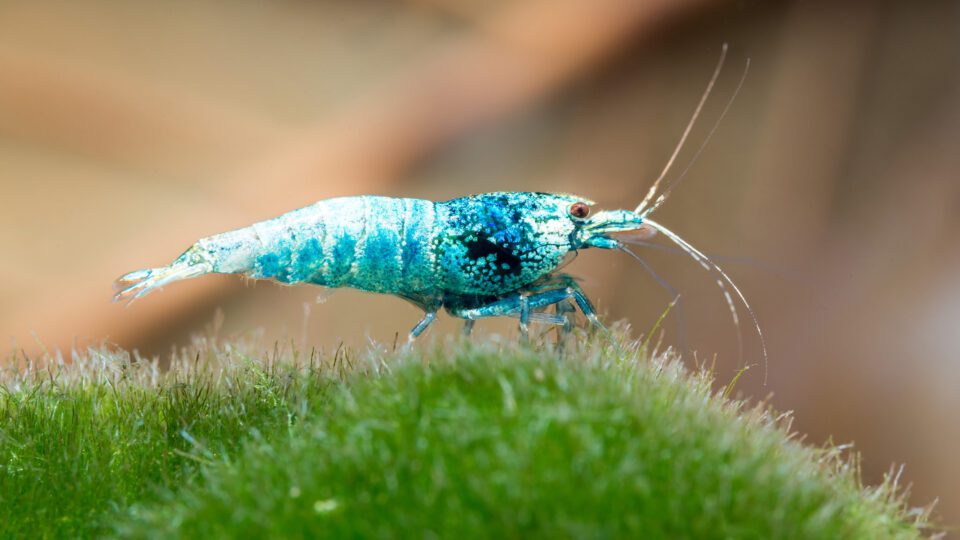
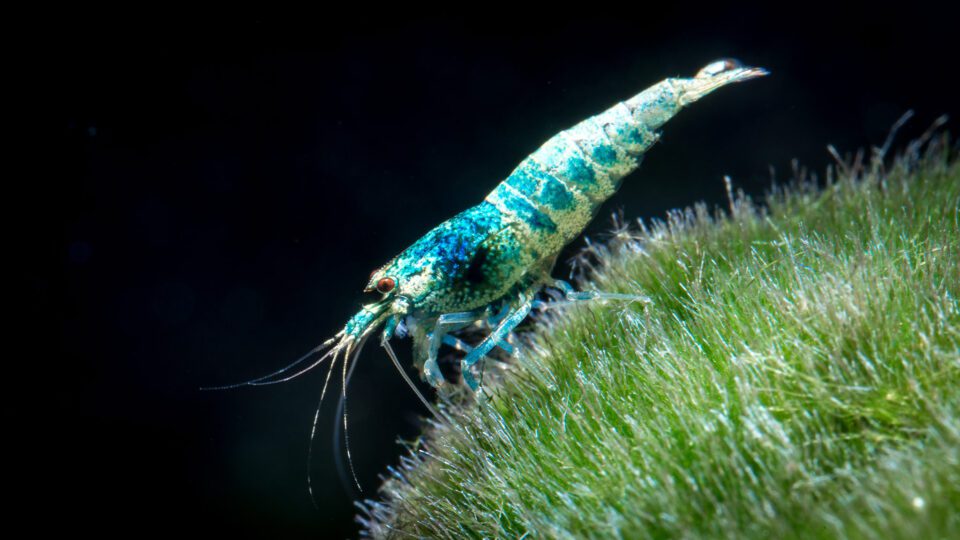
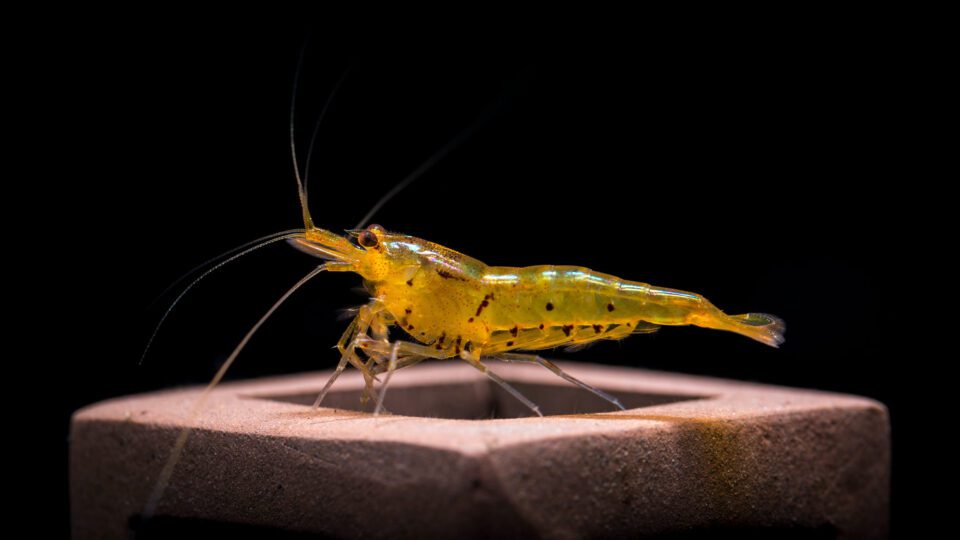
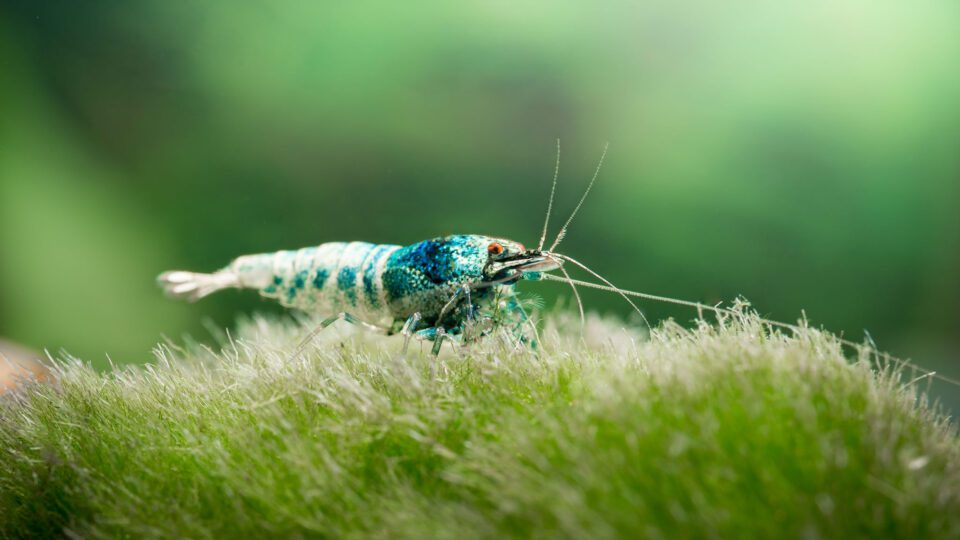


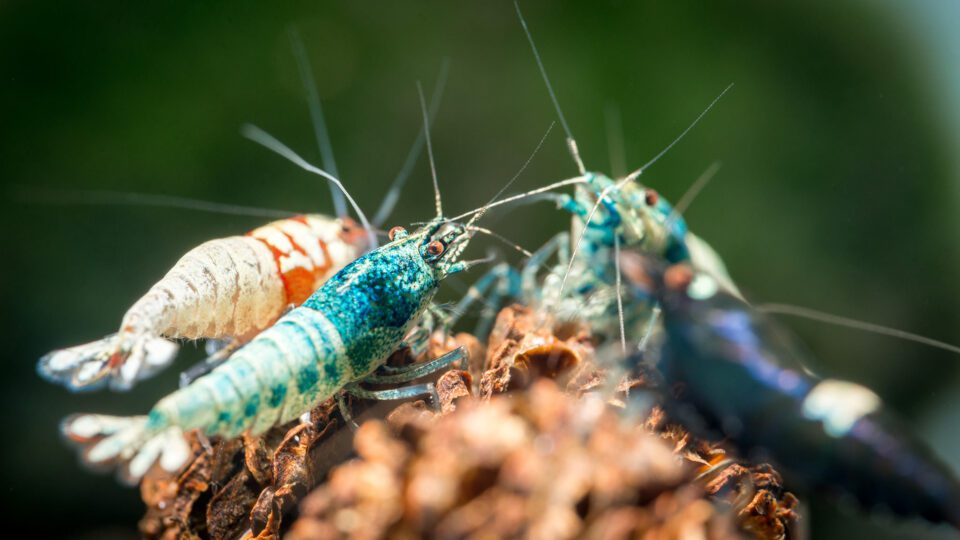
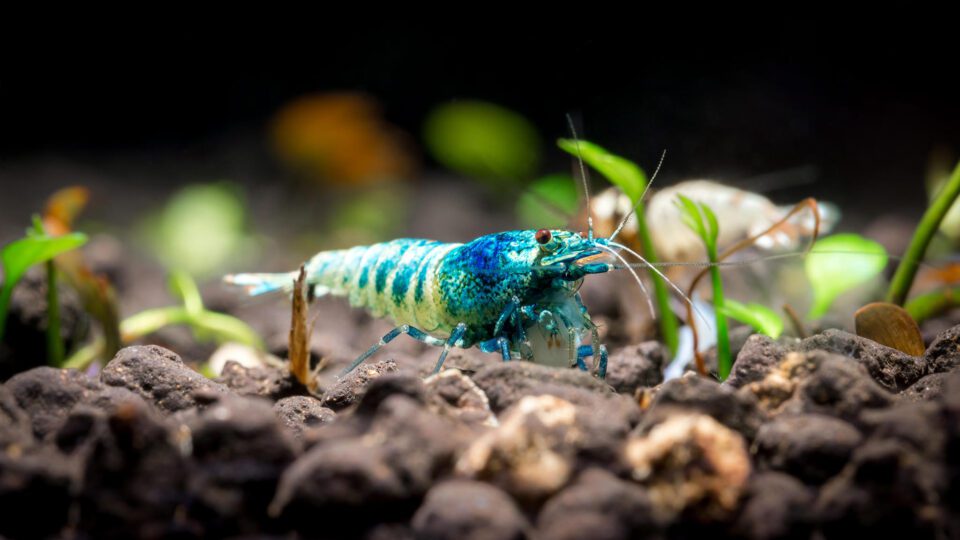
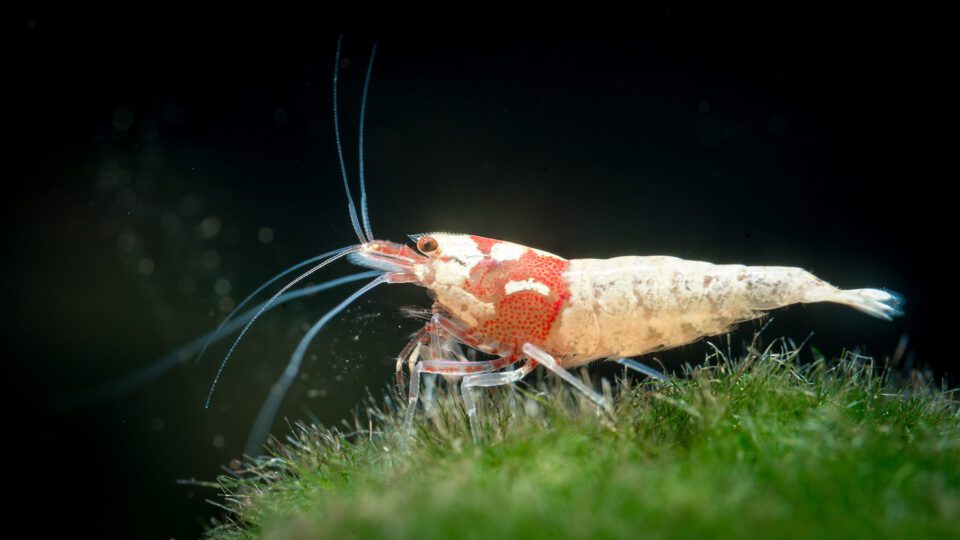
تعليق